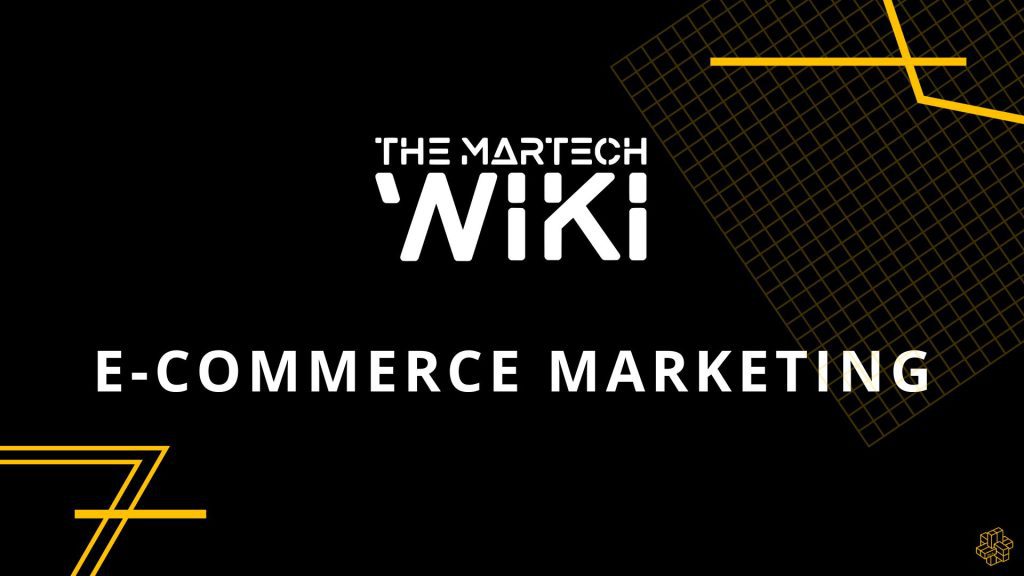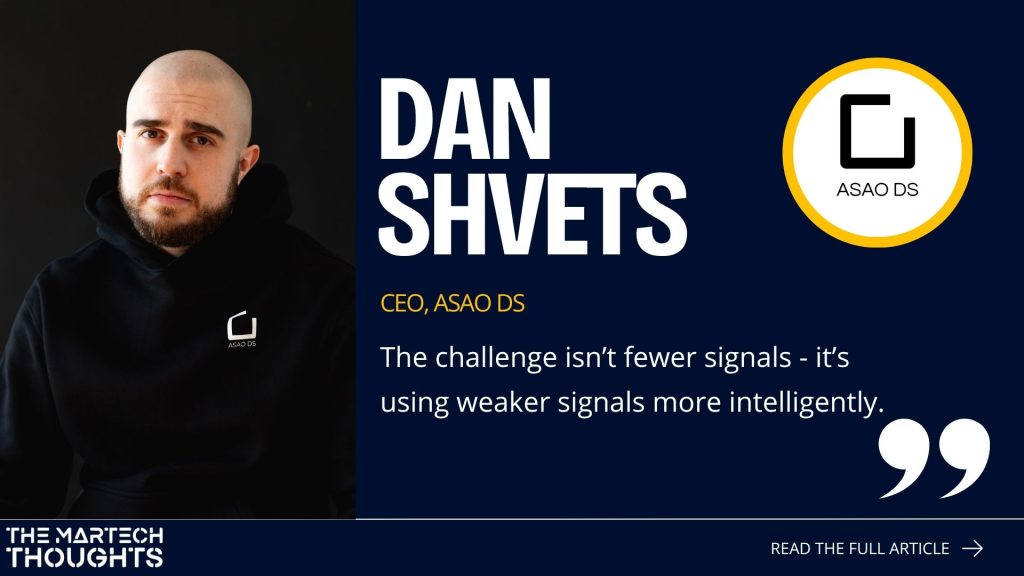
The e-commerce landscape has undergone a remarkable transformation in recent years. The rise of mobile shopping, social commerce, and personalised digital experiences has stimulated the reshaping of the industry.
A strong and effective marketing strategy has become the lifeblood of e-commerce success in this dynamic environment. A solid marketing strategy enables businesses to navigate fierce competition, reach wider audiences, and capitalise on evolving consumer behaviours.
E-commerce marketing strategy leverages various techniques and platforms to attract, engage, and convert potential customers into buyers. In this MarTech Wiki post, we listed 8 key components of E-commerce marketing.
Key Components of E-commerce Marketing
1. Search Engine Optimisation (SEO):
SEO involves optimising a website’s content and structure to rank higher in search engine results pages (SERPs). High search rankings lead to increased organic (unpaid) traffic, making it a fundamental aspect of e-commerce marketing.
2. Pay-Per-Click Advertising (PPC):
PPC campaigns, such as Google Ads and Facebook Ads, allow businesses to bid on keywords and display ads to a target audience. Advertisers pay only when a user clicks on their ad, making it a cost-effective way to drive traffic.
3. Social Media Marketing:
Social media platforms like Instagram, Facebook, TikTok, and Pinterest offer powerful tools for e-commerce marketing. Brands can create engaging content, run paid advertisements, and interact with their audience to build brand awareness and drive sales.
4. Content Marketing:
Creating valuable and relevant content, such as blog posts, videos, and infographics, helps e-commerce businesses establish authority in their niche and attract organic traffic.
5. Email Marketing:
Email marketing remains a highly effective tool for E-commerce. Businesses can nurture leads, send personalised recommendations, and run promotional campaigns to engage and retain customers.
6. Influencer Marketing:
Collaborating with influencers and industry experts can help E-commerce businesses reach a wider audience and gain credibility. Influencers can promote products through reviews, tutorials, and endorsements.
7. Location Marketing:
Location-based marketing is a strategy that leverages the physical location of potential customers to deliver targeted messages or promotions. This can include geofencing, where businesses create virtual perimeters around physical locations and send notifications or offers to users within those boundaries. It’s particularly effective for businesses with physical stores, as it can drive foot traffic and encourage in-store purchases.
8. Data Analytics:
Effective E-commerce marketing relies on data-driven decision-making. Analysing customer behaviour, website performance, and campaign results helps refine strategies for better outcomes.
Challenges in E-commerce Marketing
E-commerce marketing faces several challenges, including intense competition, rapidly changing algorithms on platforms like Google and social media, and the need to adapt to shifting consumer preferences. Additionally, privacy concerns and regulations, such as the General Data Protection Regulation (GDPR), have impacted how businesses collect and use customer data for marketing purposes.
In conclusion, e-commerce marketing is an essential element of online business success. It encompasses a diverse range of strategies and tactics, all aimed at attracting, engaging, and converting online shoppers. Staying up-to-date with the latest trends and technologies, including location marketing, is crucial for businesses looking to thrive in the highly competitive world of E-commerce.
Read more MarTech Wiki at: https://themartechsummit.com/category/martech-wiki/













